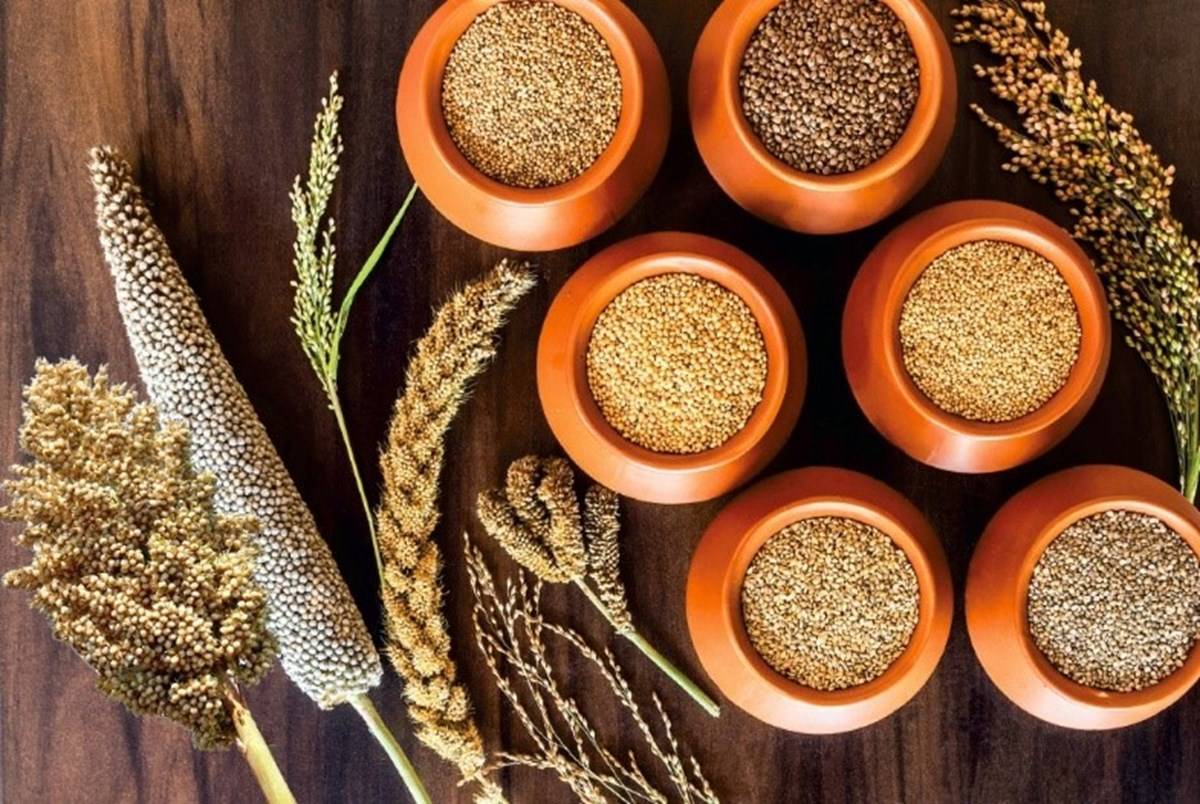
Millets are high-protein, high-fiber, and high-antioxidant cereal grains. These grains are inherently gluten-free and so robust and sturdy that they can be cultivated without the need for synthetic fertilizers or pesticides, which is a lesser-known fact about them. Millets, like a shield, can protect against drought and pests due to their small size and strong texture.
Millets' size and texture also assist them to withstand adverse weather conditions. Because of these characteristics, they are an excellent option for farming in India. Ragi, Bajra, and Jowar are some of the most well-known millets grown in India.
Millet Farming in India
Millet has a long history in India, both in terms of use and cultivation. Millet planting and consumption declined substantially after the green revolution when rice and wheat were introduced to our diets and forcefully promoted.
Millets are now over-indexed in Tier 2 and 3 cities in India, with the majority of them simply known by their native names.
Millets are a tremendous chance for a populous country like India, with increasing water scarcity, less area suitable for cultivation, and rising heat due to global warming.
For starters, the grain is not new to our meals or houses, as most of them have historic recipes.
We have a selection of Ready to Eat and Ready to Cook items available for the convenience-seeking audience, including Multigrain Flakes with Jowar and Bajra, Millet Granola with Bajra and Jowar flakes, and Mysore Millet Dosa Mix with Kodo, Ragi, and Jowar.
From a relevant standpoint, millets in India are well adapted to regional lifestyles. Ragi (Finger Millet/Nachani) is grown in Karnataka, while Jowar (Sorghum) is grown in Maharashtra, and Bajra is grown in Rajasthan (Pearl Millet).
From a supply chain perspective, Tamil Nadu is rich in Kodo and Little Millets, making Millets relatively accessible. All the while being gluten-free and packed with protein, fiber, and antioxidants.
Future of Millets
With global warming and significant changes in our climate on the horizon, the only option is to switch to more cost-effective farming methods that can endure extreme weather conditions while also benefiting farmers' livelihoods.
This brings us back to Millets. Among all the agricultural crops, millet farming will undoubtedly become a rising star. Getting used to the flavor of Millets may not be for everyone.
The average city worker would hardly be overjoyed to return home to jowar, bajra, or ragi rotis, which were formerly popular but have been out of favor for several decades.
To fight this issue, companies are turning to Millets to develop new products.
There are already a number of millet-based items on the market that are pleasing to the senses, have a modern aesthetic, and can easily replace your regular meals as a healthy alternative.
Some examples include Bajra Flakes, Jowar Flakes, Pancake Mix with Jowar Flour, Ragi and Jowar Dosa Mix, and Ragi Dessert Mix.









